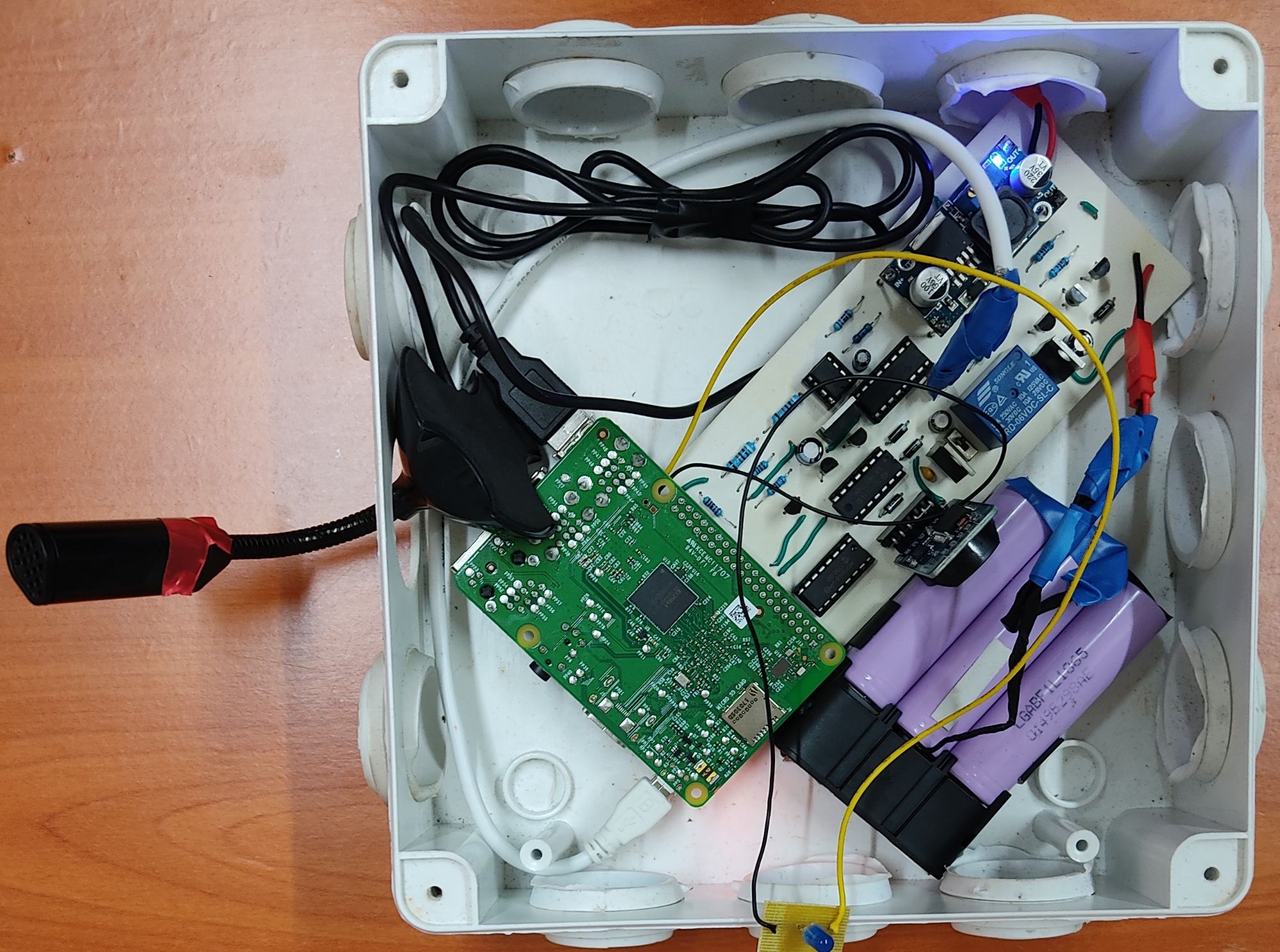Background
Ecosystem degradation due to human activities and climate change have led to severe degradation of biodiversity and this calls for increased effort to preserve it. Acoustic monitoring of ecosystems offers an efficient and noninvasive tool for monitoring wildlife. Birds respond quickly to changes taking place in the environment and they vocalise a lot too. This makes them a good species to use acoustic monitoring of ecosystems with. The principle behind acoustic monitoring of ecosystems is that animals produce characteristic calls that enable us to classify them from these vocalisations alone even without having to see them. Acoustic sensors deployed in the wild help us collect acoustic data that is used to train machine learning algorithms to classify birds automatically from their vocalisations. The sensors are then deployed with the machine learning algorithms loaded in them in the ecosystems of interest. Over time, the acoustic sensors provide data that depicts the trends in their points of deployment. Using this data, we can infer the status and the changes taking place in our ecosystems.
Accomplishments
So far we have been able to develop the DSAIL Bioacoustic System and deploy it in the DeKUT Wildlife conservancy for acoustic data collection. The system has been able to collect acoustic data which we used to train a bird audio classifier (BAC). We have also used the data to train a binary classifier to distinguish a single bird species (Hartlaub’s Turaco) from other bird and non-bird sounds which we flashed into a Raspberry Pi Pico and did some inference from it. Alongside that, we have been able to come up with a set-up for sending data to the cloud with the Raspberry Pi pico.
Next Steps
For our next steps, we aim to combine the functionalities of the two set-ups that we have established. We aim to have one system (which we are calling the “tinyRANGER system”) which will be able to do bird audio detection (BAD) and classification and then send that information to the cloud. We also aim to build a dashboard where a user can be able to track all the information sent to the cloud.
Publications
- Gabriel Kiarie, Ciira wa Maina IEEE
- Raspberry Pi Based Recording System for Acoustic Monitoring of Bird Species
- IST-Africa Conference (IST-Africa) 2021
- Bibtex | Abstract | PDF | All
